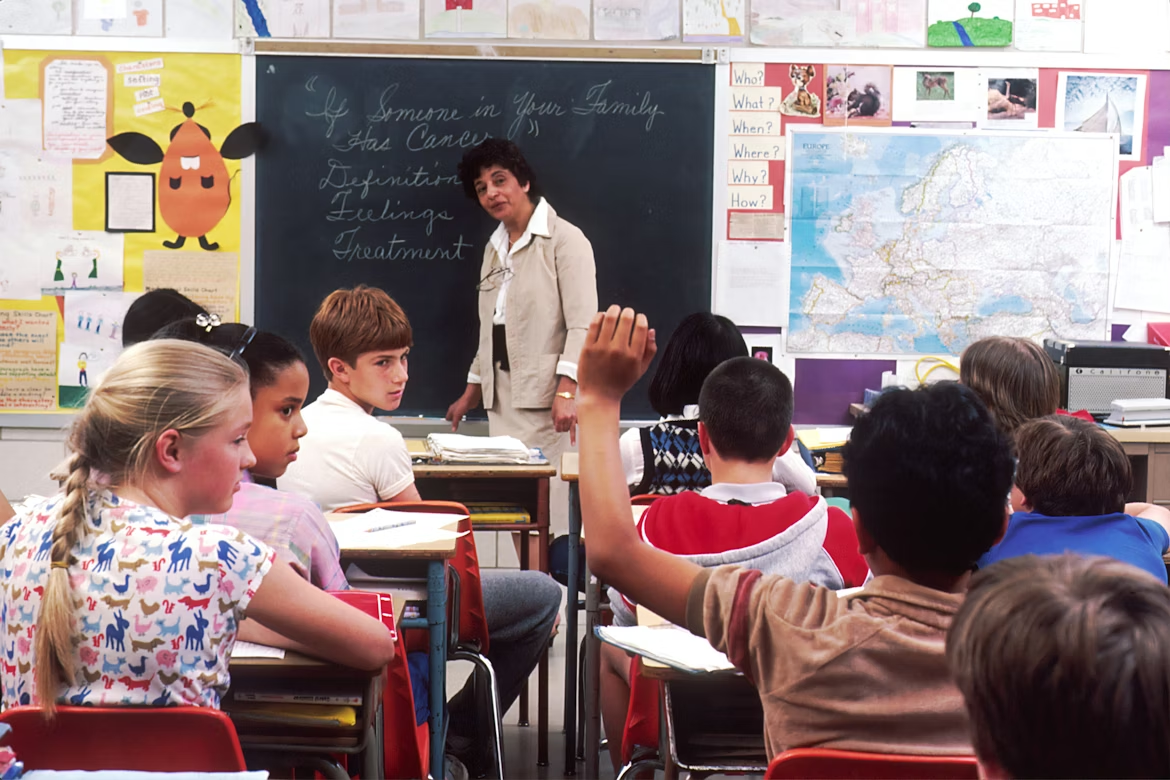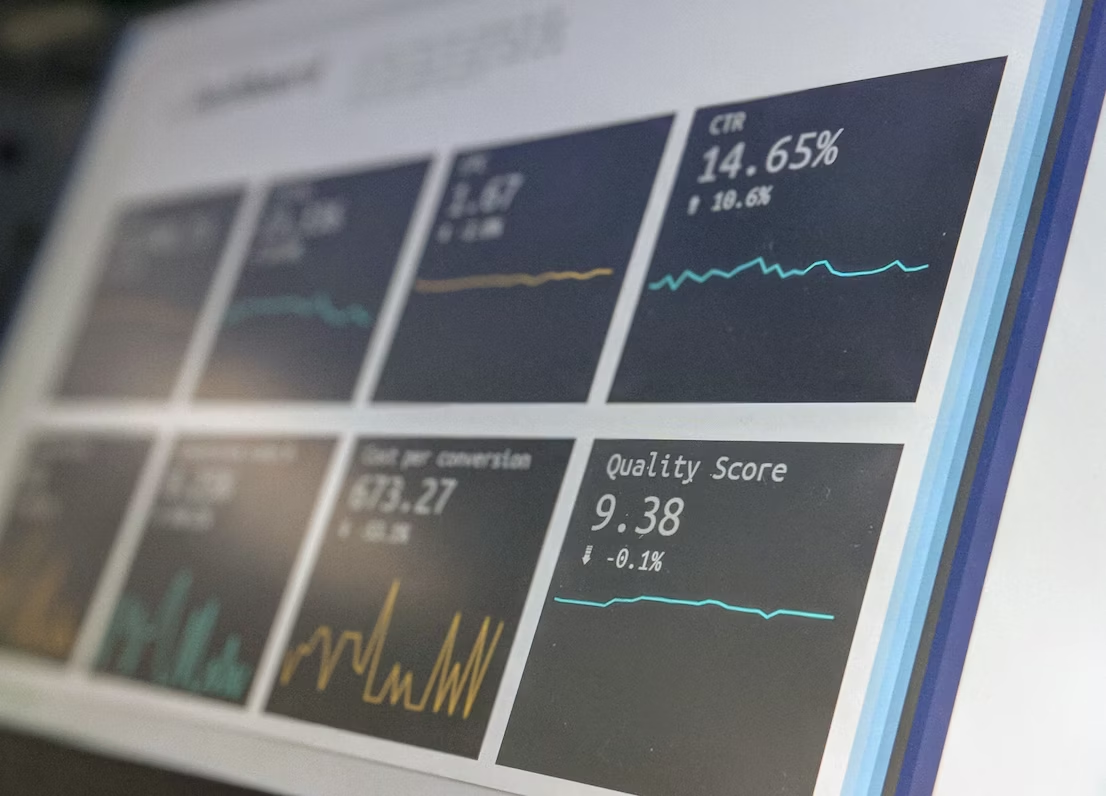Surtitles, often pivotal for the audience’s comprehension of a performance, play a subtle yet significant role in the realm of theater. This seemingly innocuous addition, however, can turn into a technical nightmare if not executed appropriately. Learning from theater technicians who’ve been thrust into the chaos of poorly planned surtitling, let's dive into the significant "don'ts" when it comes to creating surtitles for theater performances.
A Stitch in Time: Start Preparing Surtitles Early in the Process
The creation and implementation of surtitles should not be an afterthought. Often, technicians find themselves grappling with the abrupt decision of incorporating surtitles during the crunch time of tech week. This hasty inclusion results in a rushed job, compromised quality, and heightened stress for the technical team.
What to do instead:
- Embed in Pre-production: Establish the need for surtitles during the pre-production phase itself.
- Align with Creative Vision: Ensure that surtitles are in sync with the director's creative vision and are harmoniously integrated into the overall design of the production.
The Right Tech Matters: Employ Suitable Technical Gear
Implementing surtitles is not merely about flashing text on a screen. It involves meticulous planning about the type of technology used, the positioning of projectors, and ensuring visual clarity and synchronicity with the performance.
What to do instead:
- Powerful Projectors: Invest in projectors that are potent enough to ensure the text is clear, bright, and visible from every seat in the house.
- Optimal Positioning: Plan ahead where the surtitles will be displayed, ensuring it doesn’t interfere with the performance or stage design.
- Technical Rehearsals: Run dedicated technical rehearsals focusing on the smooth running of surtitles, checking visibility, timing, and alignment with the ongoing performance.
PowerPoint is Not the Power Move: Avoid Unsuitable Software
The quote from our experienced technician underscores a frequent misstep – utilizing PowerPoint for surtitles. While it might seem like a convenient choice, PowerPoint is not tailored for the dynamic requirements of surtitling in live performances.
What to do instead:
- Dedicated Software: Leverage software that’s crafted for live performance surtitling, offering features like real-time editing, quick cuing, and synchronized display.
- Expert Handling: Ensure that a qualified professional, well-versed with the chosen software, is assigned to handle and troubleshoot any issues during the live performance.
- Backup Plans: Always have a contingency in place – be it an alternative software, extra hardware, or a backup of the surtitle file, to manage unforeseen glitches or failures.
Expertise is Key: Involve Experienced Personnel
Involving experienced personnel, both in the design and operation of surtitles, ensures aesthetic integration and smooth functioning. Dropping the responsibility onto an already burdened AV manager or technician during the tech week can jeopardize the performance and professional relations.
What to do instead:
- Hire Specialists: Engage a surtitle specialist or a team, if feasible, right from the pre-production phase.
- Clear Workflow: Create a clear workflow that outlines who is responsible for creating, operating, and troubleshooting the surtitles during the performance.
- Team Coordination: Facilitate robust communication and coordination among the surtitle team, AV technicians, and other backstage crews.
Conclusion
Crafting a seamless theater performance is akin to orchestrating a symphony, where every element, visible or hidden, contributes to the harmonious unfolding of the spectacle. Surtitles, albeit a small part of the whole, demand their share of meticulous planning, technical prowess, and creative integration to enhance rather than hamper the theatrical experience. Avoiding the pitfalls by starting early, employing the right technology and expertise, and steering clear of unsuitable software can ensure that your surtitles receive applause, not groans of despair, from both audience and crew alike.









